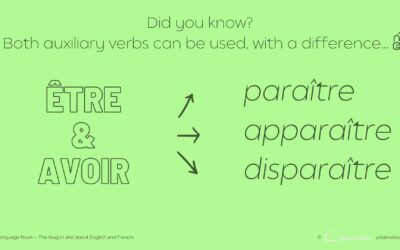Compréhensif and compréhensible are often mixed up because they look and sound similar. However, they do not mean the same, so if you use one for the other when you speak French, you will be misunderstood.
Let’s see how they differ.
Compréhensif means “who understands”. It is the French equivalent of “understanding” or “sympathetic” The feminine form of this adjective is compréhensive. A person can be described as compréhensif or compréhensive. Look at these examples:
- J’aime bien discuter avec lui car il est très compréhensif.
- J’aime bien discuter avec elle car elle est très compréhensive
You can say of someone that they are very understanding in French using compréhensif with the verb être as in the examples above or with se montrer as follows:
- Il s’est montré très compréhensif.
- Elle s’est montrée très compréhensive.
Compréhensible means “that can be understood”. It is the French equivalent of “understandable”. The adjective is the same in the masculine and the feminine forms. Note how the ending ‘ble’ is the same in French and in English.
A situation or someone’s behaviour can be compréhensible. For example:
- Il a peur de rater le test de conduite. C’est compréhensible car il l’a déjà raté deux fois ! (He’s afraid he’ll fail his driving test. It’s understandable since he’s already failed twice)
Note: the opposite of compréhensible is incompréhensible.
Now that you have read the explanations, try this free online quiz to practice and test yourself!
There you are! You now know the difference between compréhensif and compréhensible. Congratulations! 😉





Oh no. I didn’t get any of them right. My telephone writes in English. No French accents. It’s a real problem.
Ah ! Found out how to change my keyboard in my Samsung 6 phone from English into French. Still not such a great score. 4/7. Love your quizes!
Glad you found how to add the French keyboard on your phone. 4/7 may mean you made a few spelling mistakes… Are you sure you made the adjectives agree correctly?